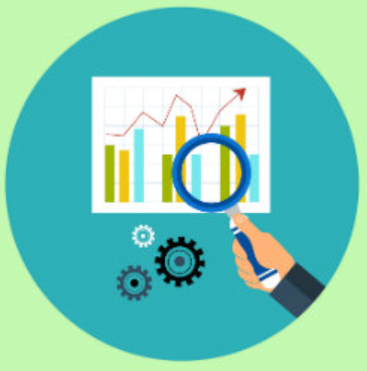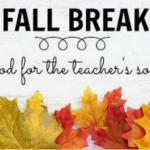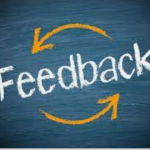“What are we looking at?”
“Data”
“What are we going to do with it?”
“Analyze, plan, teach, assess, intervene, repeat”
Does this sound familiar? In my last post, I talked about all of the assessments that are being given at the end of the semester. It’s too many to count, just find my last blog, Assessment Season, and you can see just a sample of what one grade level is responsible for. After the testing season ends, the analyzing season begins. Now that we have all of these data points, what is the best piece of data to guide instruction?
Testing season ends the day before Winter break and we are meeting the day after we get back to sort and sift through data. There are so many reports! There are school-wide reports, grade-level reports, classroom reports, teacher reports, and student reports. Where do we start?
Different people or departments will need different reports. Districts will look at overall district data and possibly school-specific data. Admin will most likely check on schoolwide data and grade-level data. Classroom teachers will most likely look at classroom data and individual student data. Parents may be interested in a variety of data points, but mostly they will be the most invested in their own child’s data.
Once you have all of the data then what?
Step 1 – Meet as a staff to look at schoolwide data. Get teachers involved in the big picture. It can be enlightening for all staff members to see how their entire school is performing.
Step 2 – Meet with grade level bands (K-2 or 3-6) or departments (7-9 English or 9-12 Math) to see how one grade level can impact the next grade level with some vertical articulation. If there are deficits across a few grade levels in the same area, then teachers can collaborate to find possible solutions on how to address the ongoing issue in multiple grade levels.
Step 3 – Meet with the grade level team or department to address what standards need to be addressed more intensively.
Step 4 – Coaches or admin can meet with individual teachers that need assistance in dissecting their data and help them to come up with solutions or strategies that could help develop intervention groups or individual students.
The goal of the data dive is to improve instruction and increase student achievement. It is a way to see if what we are doing is working. If it is, then keep doing it! If it isn’t working, we need to step back and reteach. Some gaps need to be filled. We need to identify those gaps and address them. We need to see which students are showing growth, even if they aren’t meeting the standard, we still need to look at growth to see if they are on the right path, or if they need more interventions.
Data is essential for tier 1 and tier 2 instruction. If admin and coaches break the data into manageable chunks, it might not be so daunting. The difficult part is trying to decide what to do with all of the data. Lean on your colleagues. Plan together. Don’t be afraid to ask for help from your admin and coaches. Everyone in education wants the same thing; we all want students to succeed. We may not like to look at data, but it truly guides our instruction. What are your thoughts about looking at data?
Image from middleweb.com









